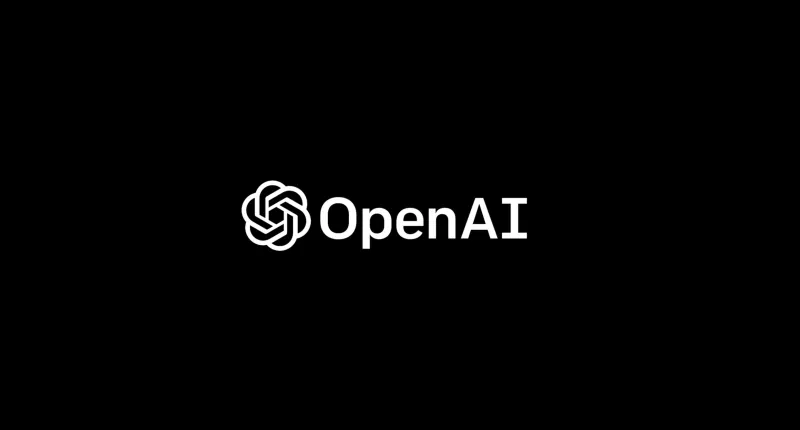
OpenAI scraps o3 as independent model, integrating its capabilities into GPT-5

This strategic decision is expected to enhance the performance and capabilities of GPT-5, which is currently in development. By incorporating o3's features, OpenAI aims to create a more powerful and versatile language model that can tackle a wide range of tasks and applications.
The integration of o3's capabilities into GPT-5 is likely to bring several benefits, including:
1. Improved performance: o3's optimized architecture and training methods are expected to enhance the performance of GPT-5, allowing it to achieve better results in various tasks.
2. Increased versatility: By incorporating o3's features, GPT-5 is likely to become more adaptable to different tasks and domains, making it a more useful tool for a wide range of applications.
3. Enhanced efficiency: The integration of o3's capabilities into GPT-5 may also lead to improved efficiency, as the new model can leverage the optimized architecture and training methods developed for o3.
While OpenAI has not provided a specific timeline for the release of GPT-5, the integration of o3's capabilities is expected to be a significant step forward in the development of the next-generation language model.